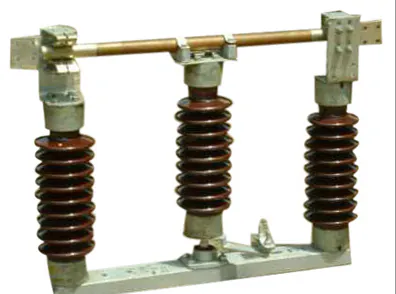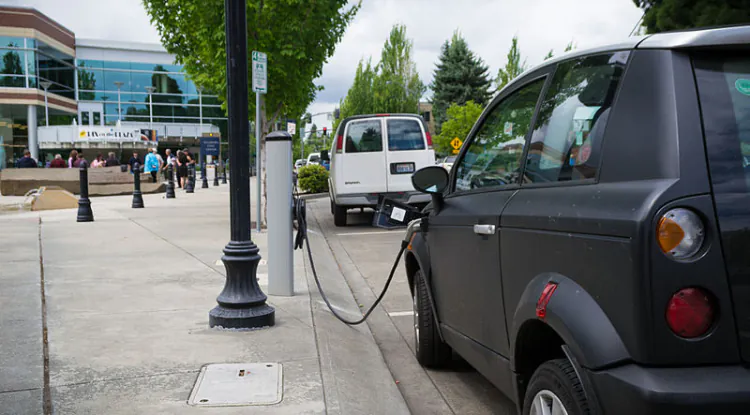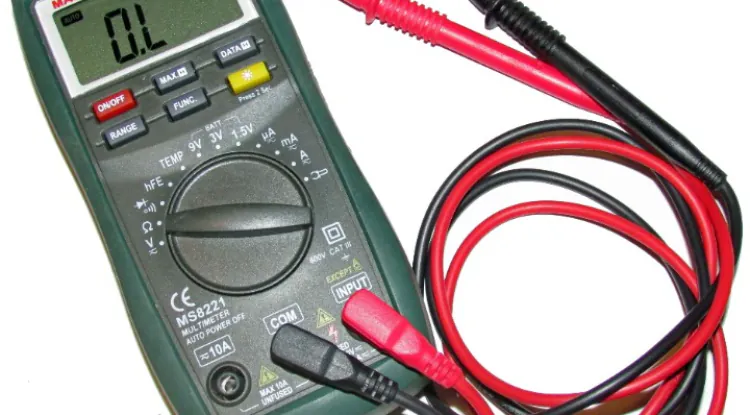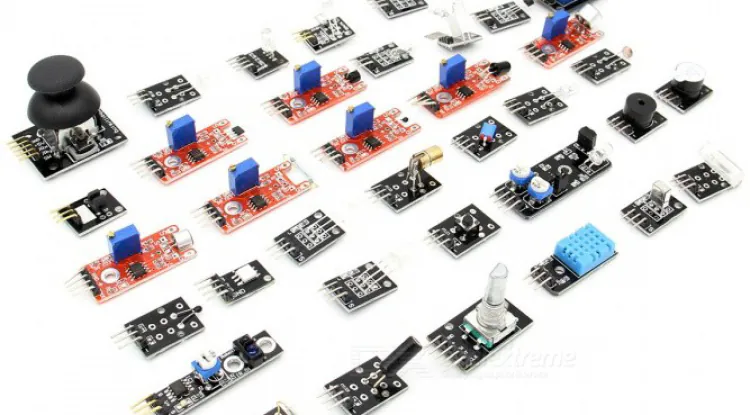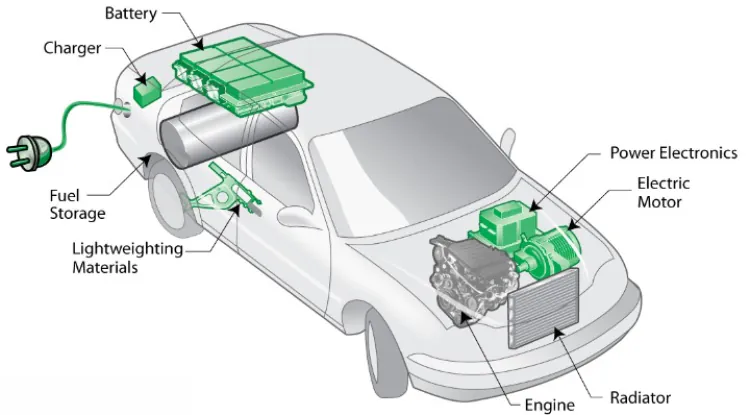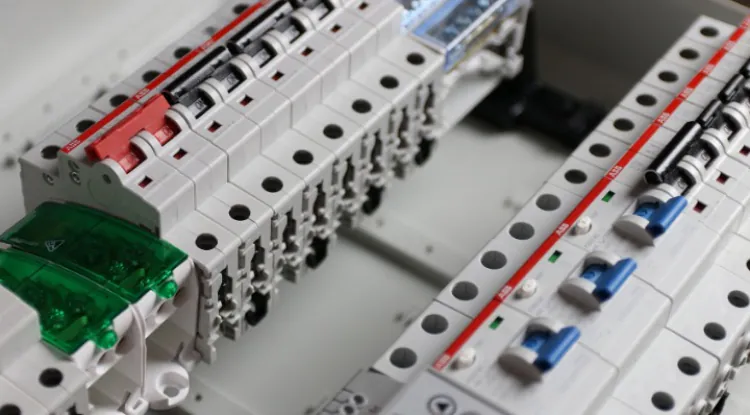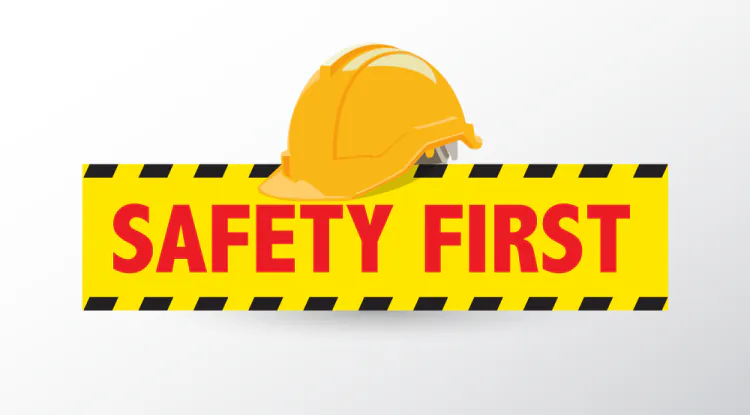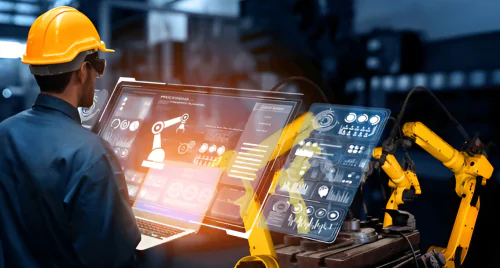Power Substations: The Backbone of Electrical Grids Explained
Power substations serve as the critical backbone of electrical grids, ensuring the reliable and efficient distribution of electricity to us.
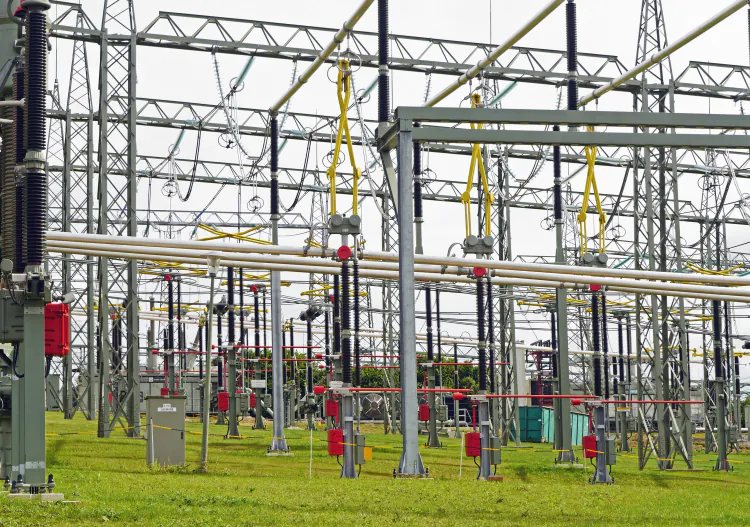
Power substations play a pivotal role in the functionality of electrical grids in every country, serving as the backbone that enables the efficient distribution of electricity to residents and industrial customers. These crucial infrastructures facilitate the transformation, regulation, and transmission of electrical energy, ensuring a reliable power supply to each home, industry, and business.
Power substations are complex systems designed to manage the flow of electricity between various voltage levels. You will find different voltage levels of power transformation and distribution systems in your country. Power substations serve as intermediaries between power generators and end-users, enhancing the efficiency and safety of electricity distribution. Let's delve into the key components and functions of these vital facilities that continuously power our needs from power stations.
Transformers: The Heart of Substations
A Power Transformer is the cornerstone of power substations, responsible for altering the voltage of electricity to make it suitable for transmission and distribution. There are two types of transformers are used in a substation. Those are Step-up transformers and step-down transformers. Where Step-up transformers increase voltage for long-distance transmission from power plants to substations, while step-down transformers reduce voltage for local distribution to homes and businesses. This transformation minimizes energy loss during transmission and ensures a consistent power supply to any home and business.
Switchgear: Ensuring Safety and Control
A Switchgear is another integral component of substations. It provides control and isolates electrical equipment. Switchgear includes circuit breakers, disconnect switches, and other protective devices that safeguard the system from any sudden faults and emergencies. Switchgear allows substation operators to manage the flow of electricity, isolate faulty sections, and maintain the overall stability of the electrical grid.
Busbars and Conductors: Connecting the Grid
Busbars and conductors complete the physical connections that carry electrical currents within the substation from the national grid to customers. Busbars act as large metal bars or assemblies that distribute electricity to different areas of the substation. But conductors transmit power between various components like VCB to Transformer. The proper design and installation of busbars and conductors are very crucial for efficient energy transmission and minimizing resistive losses.
Control and Protection Systems: Smart Substations
Modern Substations are evolving into smart substations with advanced control and protection systems. Without this type of protection operating a substation will be very complicated and dangerous. These Protection Systems incorporate digital technologies, communication networks, and sensors to monitor, analyze, and control the electrical grid in real time for any fault with a pinpoint location in the grid system. Smart substations enhance grid reliability, enable faster response to faults, and contribute to the overall resilience of the power distribution infrastructure.
Environmental Considerations: Green Substations
As the world focuses on sustainable practices, power substations are also adapting to minimize their environmental impact and trying to be as green as possible. Green substations integrate eco-friendly technologies, such as insulated switchgear with reduced greenhouse gas emissions and energy-efficient equipment. Several countries already adopted this technology and others are following the same path to the green. These initiatives align with global efforts to create a more sustainable and environmentally conscious energy sector.
Related:- Electrical Isolator
Power substations serve as the critical backbone of electrical grids, ensuring the reliable and efficient distribution of electricity to us. Through the integration of transformers, switchgear, busbars, and advanced control systems, substations play a vital role in maintaining the stability and resilience of modern electrical infrastructure. As technology continues to advance, the evolution of smart and green substations will contribute to more sustainable and robust energy in the upcoming future.
